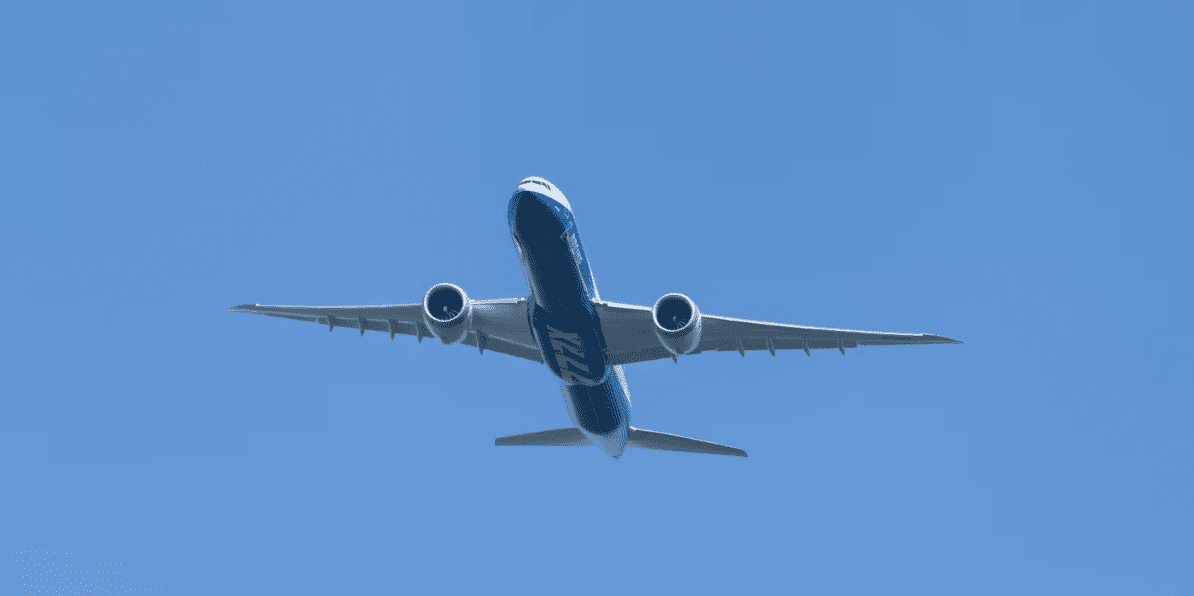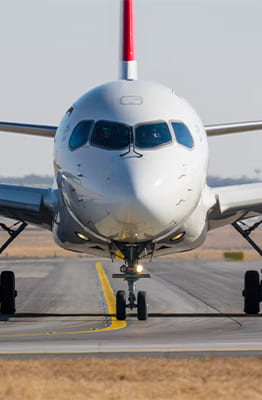In this case, bigger is better.

The aviation industry might have seen the last four-engine aircraft roll off the assembly line earlier this year when Boeing delivered a 747-8 freighter to Atlas Air (barring additions such as the re-designed Boom Supersonic Overture). Over the last few decades, the number of three and four-engine aircraft has decreased while the size of engines has noticeably increased. Larger engines generate more thrust and are more efficient. This article will discuss the reasons why bigger engines are better.
Bypass ratios and efficiency
The thrust output for a given fuel burn largely determines aircraft engine efficiency. Soon after the inception of jet engines, manufacturers (the largest being General Electric, Pratt & Whitney, and Rolls-Royce) tried to increase the bypass ratio of their products. The bypass ratio of an engine is the amount of air that passes through the core of the engine versus the amount of air that goes around the engine’s core and is pushed out the back of the engine by the large fan at the front.

Photo: Soopotnicki I Shutterstock
Jet engines ignite compressed air with fuel in the engine’s core. The resulting energy from this combustion is used to drive the shaft that spins the fan blades at the front of the engine, while the exhaust is also expelled to produce a modest amount of thrust. The spinning blades on the front of the engine produce most of an engine’s thrust. The faster and more efficiently these blades turn, the more power the engine produces.
Engineering larger engines
Engineers have increased the size of engines to accommodate larger fan blades and higher bypass ratios while attempting to keep the combustion core of engines relatively small. This results in more air passing through the engine’s large fan blades without fuel being ignited. Less air in the engine’s core means less fuel is needed to mix with it, resulting in significant fuel savings.
One of the most daunting challenges in increasing an engine’s size is ensuring materials are used which can withstand higher rotational speeds and larger centrifugal forces. Engineers and scientists have developed incredibly durable titanium alloys and composite materials that can withstand the larger rotational forces that result from longer fan blades. Inside the engine, highly sophisticated reduction gears are implemented to ensure that the shaft connected to the compressor does not overspeed the larger-than-ever fan blades, especially at high power settings.

Photo: Ian Dewar Photography I Shutterstock
Currently, the engine with the highest bypass ratio is the Pratt & Whitney 1000G used to power the Airbus A320neo family as well as the A220. For every kilogram of air mixed with fuel at the core, up to 12 kilograms bypass the core as pure thrust. In comparison, the largest engine to date is the General Electric 9X (the powerplant for Boeing’s new 777X) which has a bypass ratio of 10:1, slightly less than the P&W. According to GE, the fan diameter is 134 inches (3.4 meters) which is only marginally smaller than the 156 inches (3.95 meters) diameter of the Airbus A320’s entire fuselage.
The bottom line
Simply put, larger engines are more efficient because they produce more thrust for a given fuel amount compared to counterparts with smaller bypass ratios. The first jet engines did not feature any bypass, meaning that every air molecule was mixed with fuel to produce power. Since then, materials have strengthened and engineers have designed marvelous machinery that is more durable, safe, and efficient.
Source: Simple Flying

Warning: Illegal string offset 'cookies' in /home/u623323914/domains/eng.bayviet.com.vn/public_html/wp-includes/comment-template.php on line 2564